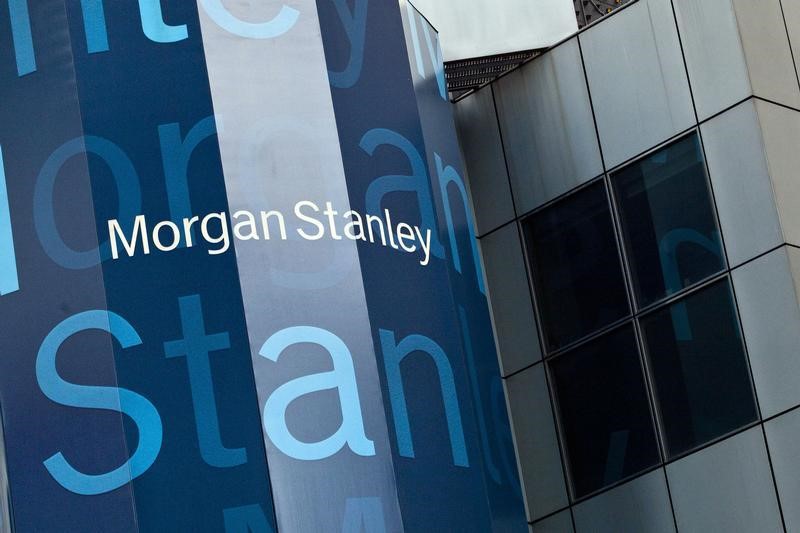Walmart halts H-1B visa offers amid Trump’s $100,000 fee increase - Bloomberg
Investing.com -- Morgan Stanley said long-only funds increased their exposure to European artificial intelligence enablers in the second quarter while trimming positions in adopters and potential disruptors, in a note dated Friday.
The bank’s analysis, covering 275 funds managing $1.4 trillion in global, international and European mandates, showed allocations to AI enablers rose by 39 to 69 basis points quarter-on-quarter relative to benchmarks.
This was led by gains in Legrand and Siemens Energy, the latter a top pick among the bank’s capital goods analysts.
The proportion of funds overweight Legrand climbed to 40% in 2Q from 34% in 1Q, while Siemens Energy saw a rise to 24% from 12% over the same period.
SAP, classed as both an AI enabler and adopter, recorded positioning gains of 15bp among European funds and 44bp among global funds in 2Q, though international funds cut exposure by 14bp.
By contrast, preferred AI adopters London Stock Exchange Group and EssilorLuxottica saw declines, with group positioning down by 11bp to 47bp.
Funds also continued to reduce holdings in potential AI disruptor or “wildcard” stocks, with European averages falling to –21bp in 2Q.
Outside AI, all three fund groups, global, international and European, reduced exposure to China-exposed European stocks. International funds turned underweight as of June, cutting positioning by 170bp QoQ, while European funds dropped by 42bp and global funds by 182bp.
Reductions were concentrated in luxury goods such as LVMH, miners like Anglo American, and semiconductor group ASML.
US tariff-exposed European stocks also saw lower allocations, with global funds cutting by 47bp and international funds by 32bp.
Despite the cuts, positioning in the group remained overweight at 78bp for global funds and 105bp for international funds, driven by names such as Safran and EssilorLuxottica.
European defence allocations rose again but remained low overall. At the end of 2Q, 35% to 60% of funds across groups had zero exposure to the sector.
For Rheinmetall, 65% to 86% of funds held no position, though the share of funds overweight rose by 4 to 5 percentage points quarter-on-quarter to between 12% and 28%.
Banks gained further traction, with the proportion of funds overweight rising to 59% for international funds, 56% for European funds and 51% for global funds, gains of 3 to 15 percentage points QoQ.
Commerzbank was among those with the largest increase in overweight share. On an AuM-weighted basis, global funds were 122bp overweight banks, international funds 30bp overweight, while European funds remained 161bp underweight.
Other sector shifts included an increase in telecoms allocations by international funds, which moved to 0.9x the benchmark weight from 0.6x in 1Q.
The share of international funds overweight telecoms jumped to 40% from 31%. Luxury goods saw declines, with international funds moving to equal weight from overweight; their overweight share fell 5 percentage points to 50%, while global funds stayed at 2x the benchmark weight versus 2.4x in 1Q.
German equities remained in favour, with global and international funds adding to positions. The overweight share for global funds rose to 67% from 60% in 1Q.
Morgan Stanley also noted that cash levels among active long-only funds fell from April and May into June, as a percentage of AuM, indicating improved sentiment.
